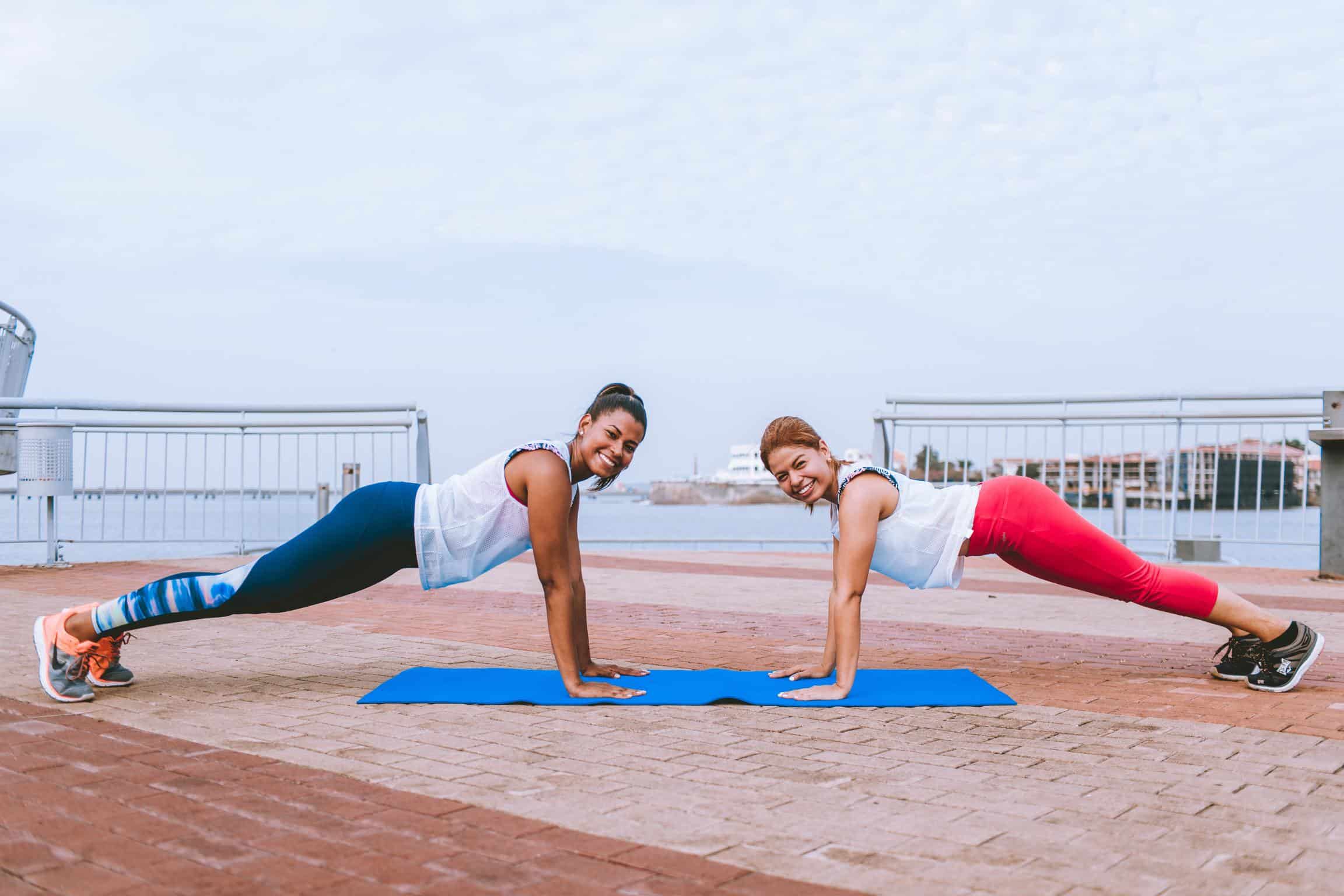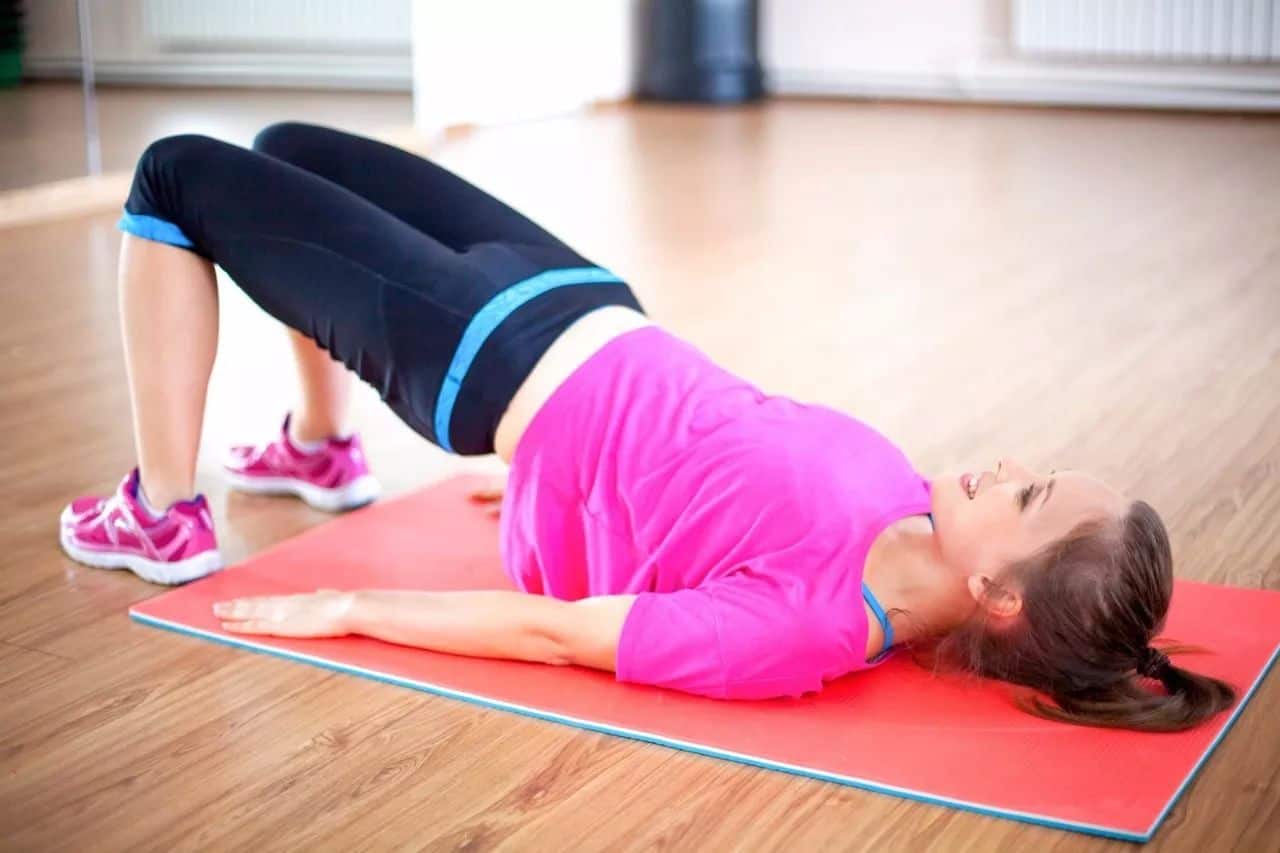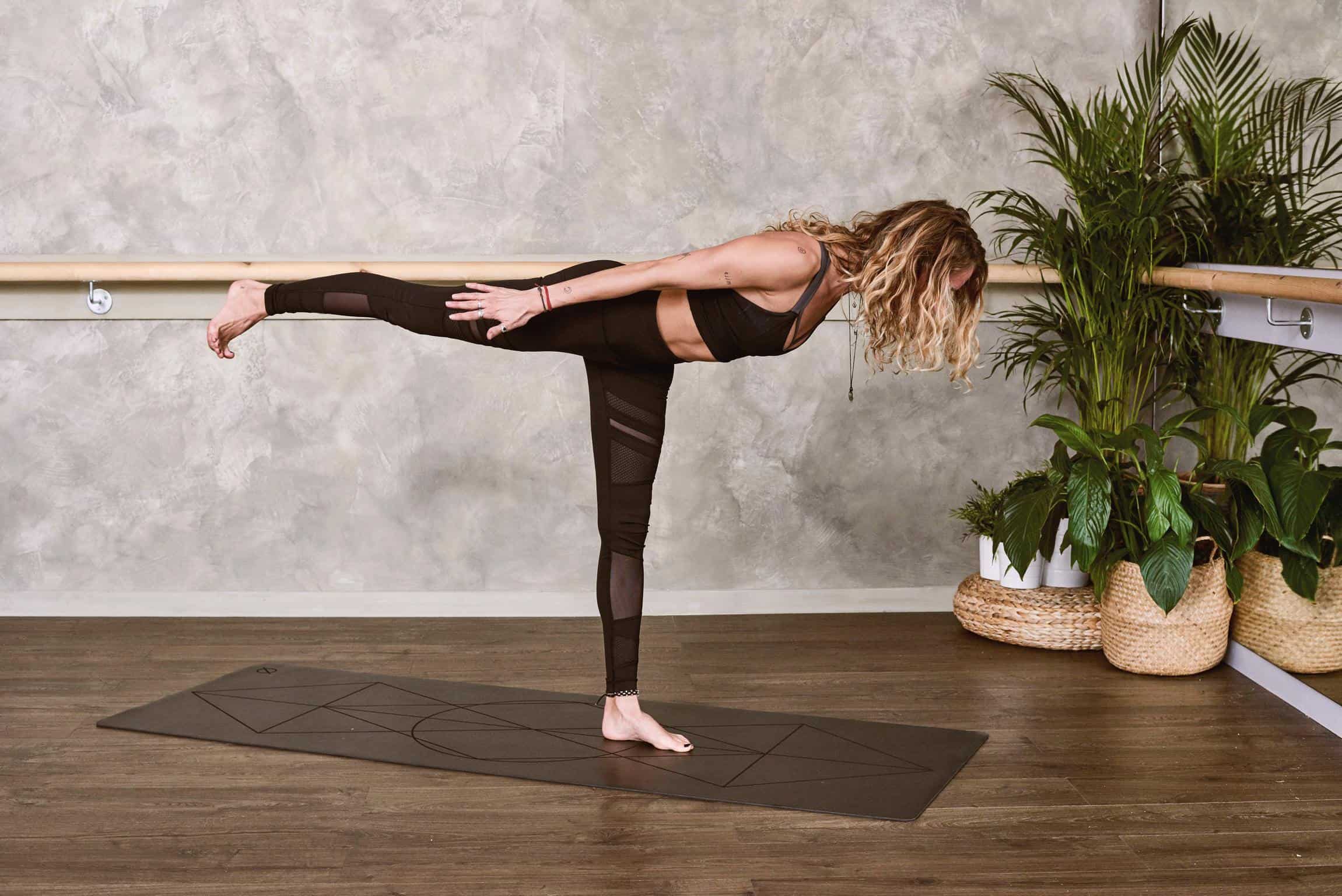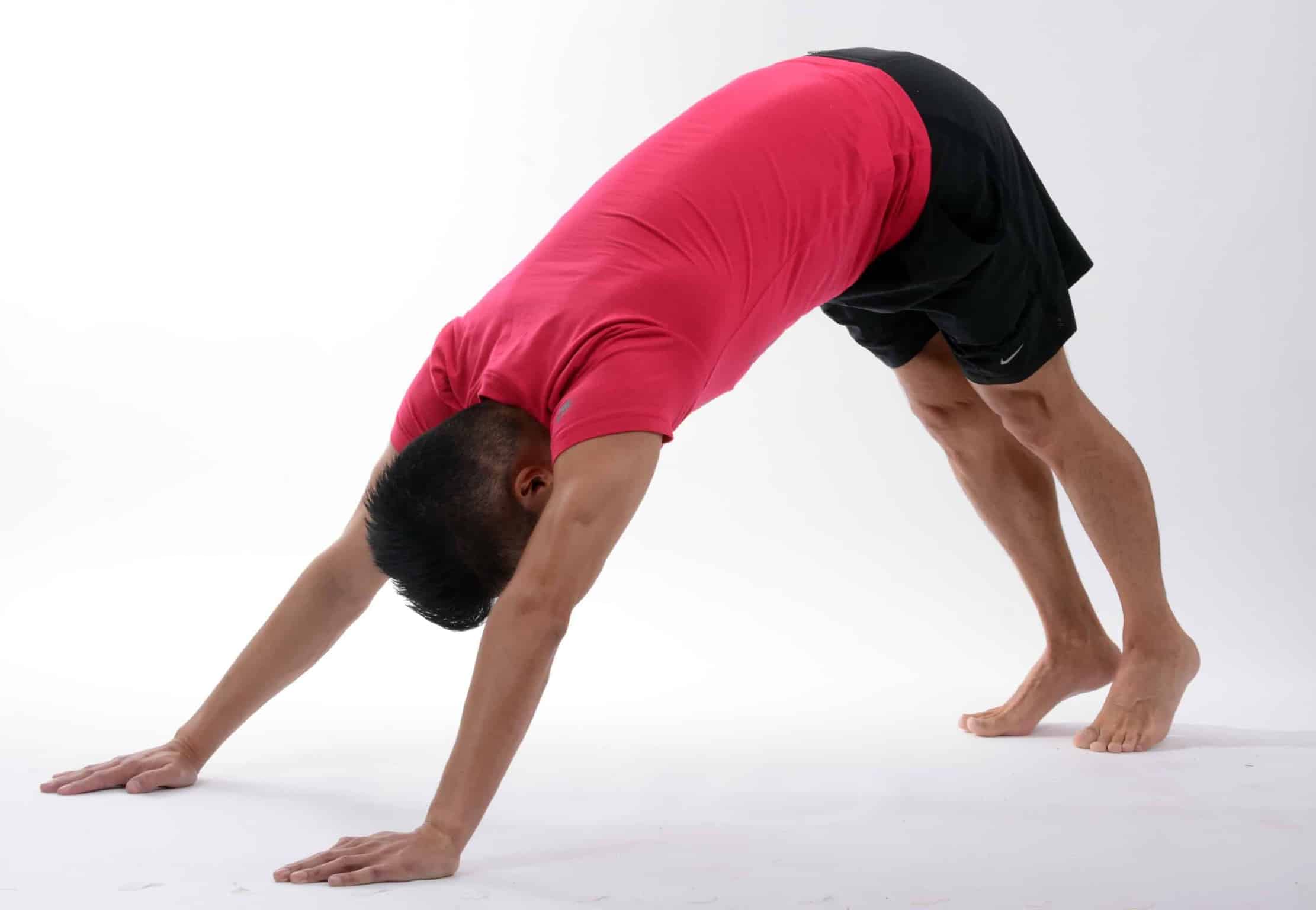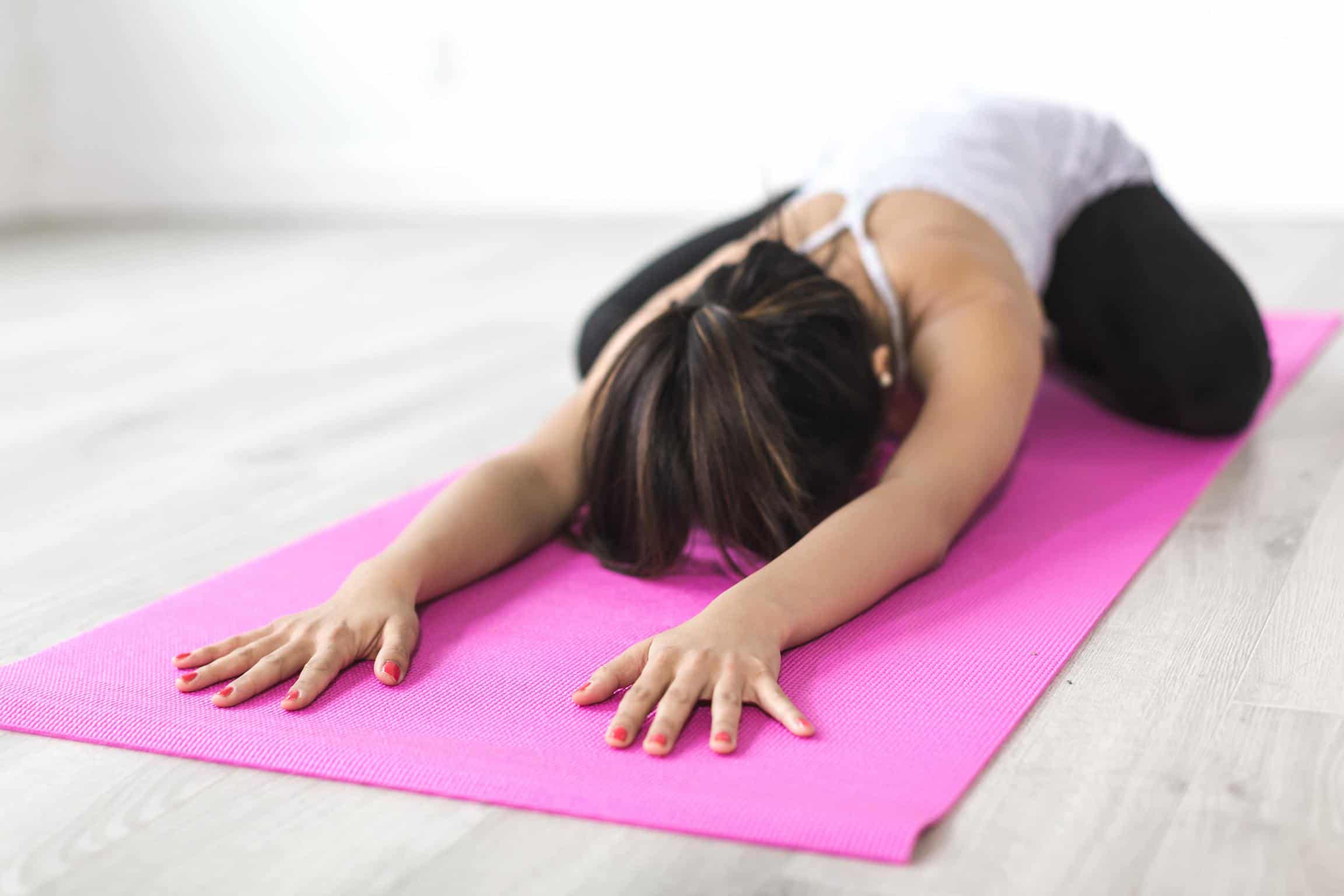Are you one of the many who deal with consistent lower back pain? Back pain is a common widespread issue that many experiences, and it’s bothersome. Whatever the cause, whether childbirth, aging, heavy-duty jobs, or some other underlying condition, there is hope and help–and it may not even be that hard to find relief!
Lower back pain isn’t enjoyed by anyone, but there are a few simple stretching hacks that can help relieve the pain.
Many lower back stretches can help relax the muscles and will make a difference. Here we’re going to go over the best lower back stretches to help turn your life around.
Table of Contents
Why Your Tight Hips Could Be to Blame
Tight hip flexors could be a contributing factor to your lower back pain. It may sound strange, but it’s true! What does the hip have to do with the back?
The hip bones are connected to the tailbone, leading to the spine. If there is an issue with your hips, that then puts pressure on the lower back, causing you extreme pain.
It’s important to know that tight hip flexors are common, especially amongst those who regularly participate in certain physical activities. Those exercises including horseback riding, cycling, jogging, or anything that works your legs and not your hips. Prolonged sitting and improper posture while sitting can even cause tight hip flexors!
One way to help reduce lower back pain is by working on improving the flexibility in the hips, which can be done with lower back stretches.
The Importance of Core Stability
Many times, it’s ignorantly stated that the core is strictly the abdominal muscles (abs/stomach area), but that’s not true.
The core consists of those front muscles as well as all the muscles on the side of that area, and the back of that area too. When you strengthen your core, you’re also strengthening your lower back. So, why is this important?
There are many core exercises that cause both your abs to be sore the next day and your lower back. That’s because you generally don’t work one without the other being affected in some way. Basically, this means that if you’re hurting your back, it could be that your core as a whole is weak.
Core stability is important because of the location of the core at the center of the body. If the core is unstable, the rest of the body and limbs have to work that much harder. The part that suffers most? The back!
Core training and strengthening can lead to a stable core and reduces the risks of pain and injuries. A weak core puts more strain on the lower back and causes it to tighten. Tight muscles lead to injured muscles, which is never something we want.
Why Is Stretching Good for You?
Stretching the lower back results in the lengthening of the back muscles. It’s the lengthening of those back muscles that results in a reduction of pain. With age, muscles naturally get shorter and tend to be tighter.
Building the muscles around the spine results in the lengthening of those back muscles. A neutral spine and proper posture helps in keeping those muscles surrounding the spine strong.
This is great because strong muscles in the back are muscles that are consistently stretched and lengthened; the stronger the muscles in the back and in the overall core, the less injuries and the less pain! Isn’t that what we all hope for?
How to Stretch out Your Lower Back
There are various ways to stretch out your lower back. When you try to get rid of lower back pain, it’s important to stretch.[1] However, there are also some things you should be mindful of before stretching. You don’t want to hurt your back more, so remember to take it easy!
It’s important to listen to your body and take it slow when necessary; and sometimes, you may need to stop altogether.
Another thing to keep track of is your breathing. Breathing is very important as well. Make sure you’re following proper breathing techniques before attempting these stretches.
When stretching any part of your body, pain can increase. While a slight discomfort is normal in any stretch, if you’re experiencing pain, you should stop. This is your body’s signal saying it’s best to take a break and maybe try again the next day. If the pain persists and doesn’t go away, see a professional to be sure to rule out anything serious.
The great thing about lower back stretches is that they are easy to do. Lower back stretches can be performed one to two times a day. Are you short on time? Looking for help but need to get it done in less than ten minutes? These lower back stretches will help you meet that goal!
7 Best Stretches for Lower Back Pain
Lower back pain stretches vary, and in some cases, can seem redundant. However, when they’re performed properly, they can really strengthen the back and core, which can lead to less pain over time. Working on flexibility and core stability is so important.
No matter how busy, here are some stretches you can begin implementing in your schedule:
1. Transverse Abdominis Stretch
First, let’s talk about stretching your transverse abdominis.[2] This is the deepest layer of your abdominal muscles. This muscle is used whenever limbs are moved. Because core stability is so important, this stretch can really help your pain.
To stretch out your transverse abs, you’ll want to first lay on your back, propping your head up with anything soft–like a pillow. After you’re comfortable in that position, lift your knees so that they are bent, still keeping your feet on the floor.
While keeping the upper body relaxed, tuck your chin. Then, take a deep breath and tighten your core. Think of drawing your belly button down to the ground beneath you. As you release this breath, you’ll want to loosen your muscles. Repeat a minimum of five times. Be sure to breathe in slowly and breathe out slowly as well.
Here’s a demonstration:
This exercise is rather simple, but being sure the breathing, contracting, and releasing are done in the proper order is key. The propping of your head is also important, so make sure to use a pillow!
2. Bird Dog
Next, here’s an exercise that is more targeted towards your lower back and its mobility. In the fitness world, it’s known as the “Bird Dog” stretch.
In this stretch, you’ll want to start on your hands and knees with a flat back. Think of your form as a tabletop. The key here is keeping the spine in a neutral position, so be sure to keep your back straight while performing the exercise. Don’t arch your back.
Place your hands directly beneath the shoulders. Being sure that your hands start under the shoulders and knees under your hips, breathe in. While breathing out, you want to raise the opposite arm and leg.
Breathe out while you release those limbs. After holding for a minimum of five seconds, you’ve completed a round. Repeat this exercise eight to ten times being sure to alternate sides.
3. Bridge
This next exercise is exactly what it sounds like. You’re making a bridge with your lower body while your arms relax on the floor.
First, you’ll want to lie down on your back on a towel or an exercise mat. Choose whatever brings more comfort. Then, you want to bend your knees, keeping the distance between your knees no more than hip width apart.
Breathe in and while you blow that breath out, you want to lift your hips using your arms as a light form of leverage. The key is to lift the hips high enough to line up with the spine and the height of your knees. That brings everything into a straight line, which is when you will feel a light stretch.
When lowering your hips back to the ground, make sure you’re breathing out. Repeat this stretch eight to ten times.
4. Pelvic Tilt
This exercise focuses on the lower back.
Start on your back with something serving as a small cushion under your head. Same as the other exercises, you’ll want to bend your knees while your legs are slightly apart, no wider than hip distance.[3]
While keeping your upper body relaxed and chin tucked, draw your lower back into the floor, gently. You should feel your stomach muscles contracting. While your muscles are contracted, shift your pelvis in a forward and up motion, then release. Repeat in a slow and steady rocking motion for a minimum of eight times.
5. Hip Stretch
Because tight hip flexors often contribute to lower back pain, stretching your hips can reduce the pain that you feel.
In this stretch, you’ll want to start on the ground kneeling with one knee up. Both knees don’t need to remain on the ground in this stretch. The opposite foot should be in front of the body with knee bent 90 degrees.
While in the straddling knee position, push/shift your hips forward and always be mindful to keep your back straight. Hold that stretch for a minimum of 20 seconds and release. Repeat a minimum of two times on alternating knees.
When performed accurately, this stretch feels very good to the hip flexors.
6. Spine Stretch
This stretch is obviously stretching out your spine, and in the case of lower back pain, this exercise is an excellent tool.
Start out lying on your back and placing some form of cushion under your head.
Keep your knees bent and firmly together during the entirety of this stretch.
Place your arms out wide in a T-shape in correlation with the rest of your body. You want to slowly move your knees from one side of the body to the other side.
Breathe out as you shift from one side to the other, and be sure to keep shoulders intact with the ground. When turning your body, be sure to shift your pelvis to each side. That will give you the full stretch, which will be more beneficial to your lower back.
Repeat this exercise a minimum of six times, being sure to alternate sides, counting both sides as one repetition.
7. Gluteal Stretch
There is a muscle in the buttocks that can cause lower back pain and tightening. The hips and abdominal muscles can play a part in back pain, but the glutes are a very popular offender.
The piriformis is the name of the gluteal muscle that can cause lower back pain if not stretched, so it’s important to stretch it out!
For this butt stretch, you simply lie on the ground while crossing one ankle over the opposite knee. It feels like an awkward position, but once you begin the stretch, it will feel really good.
After you place the ankle across the opposite knee, you want to grab the thigh of the leg the ankle is resting on. While breathing in, you want to grab the thigh. And while breathing out, you want to pull that thigh into your chest as far as you can stretch it.
Holding this exercise for a minimum of 20 seconds will give you maximum results. Repeat at least two times on each side.
How to Relieve Your Lower Back Pain
Relieving a Stiff Lower Back
For a stiff lower back, it’s likely to happen if you live in a cold climate, or have any form of arthritis that tends to flare up due to aging, or when the weather shifts.
Stiffness has many leading factors with one being a cold body. Cold weather can make your back ache, so try to keep inside during the winter.
Back stiffness can also be caused by spasms in the back, injuries that lead to stiffness, improper lifting, and in some cases, lumbar arthritis.
However, it’s also important to note that any strain to the spine can result in lower back stiffness.
Many times, lower back stiffness develops due to a lack of mobility and activity. If you aren’t one to go to the gym or lift weights, then be sure to take advantage of the above lower back stretches as often as you can.
Alleviating Lower Back Inflammation
Lower back pain can sometimes be the result of inflammation within the lower back muscles. When there is inflammation, over the counter medications can be taken. Physical therapy and chiropractic care are also options.
Many people also find that hot and cold compresses can help. Ice packs work best when inflammation occurs after a strain or injury of some sort. When using ice with any injury on any part of the body, always be sure to wrap the ice in something, so that there isn’t direct contact to your body.
Heat to the lower back to help alleviate pain is beneficial as well. It can not only provide pain relief but can also present certain healing factors to the lower back.[4]
When your lower back becomes tense, there is generally improper circulation in that area. Therefore, heat plays a part by causing blood vessels to dilate, which results in better circulation.
Tense muscles become tense due to prolonged standing or sitting, stress, a pulled or strained muscle, or certain injuries.
Besides, you can also try these five tips:
- Wear comfortable and supportive shoes.
- Sit in proper chairs that help keep back properly aligned.
- Watch your posture while standing, sitting, or exercising.
- When lifting use your legs and not your back (proper lifting is a must).
- Be mindful of your stress level, keep it low.
The Bottom Line
Lower back pain can often be alleviated or ruled out all together with just a few simple tricks. Start with the seven best lower back stretches and see how you feel. However, if you keep experiencing pain, always remember that it’s important to see a medical professional. Cost is often an issue with people seeing a medical professional, but there are many doctors who work with you if you don’t have insurance.[5]
Remember, it’s easier to get your back fixed now than later on when you need surgery or something else!
Reference
| [1] | ^ | Better Health Chiropractic: 11 Secrets for Getting Rid of Back Pain |
| [2] | ^ | NHS: Lower Back Pain Exercises |
| [3] | ^ | Healthline: Half-kneeling hip flexor stretch |
| [4] | ^ | Spine-health: Benefits of Heat Therapy for Lower Back Pain |
| [5] | ^ | Better Health: How Much Does a Chiropractor Visit Costs without Insurance? |


